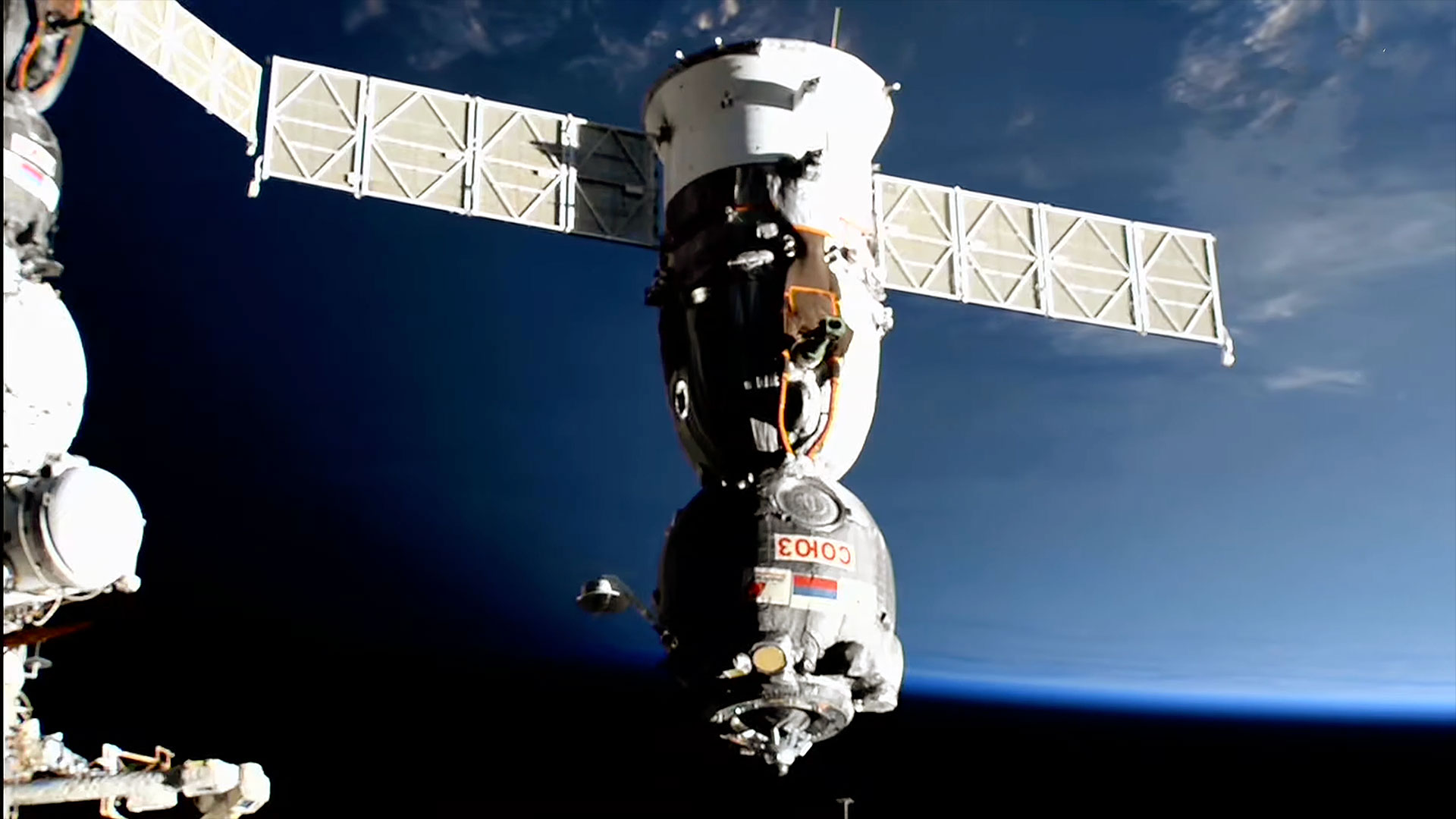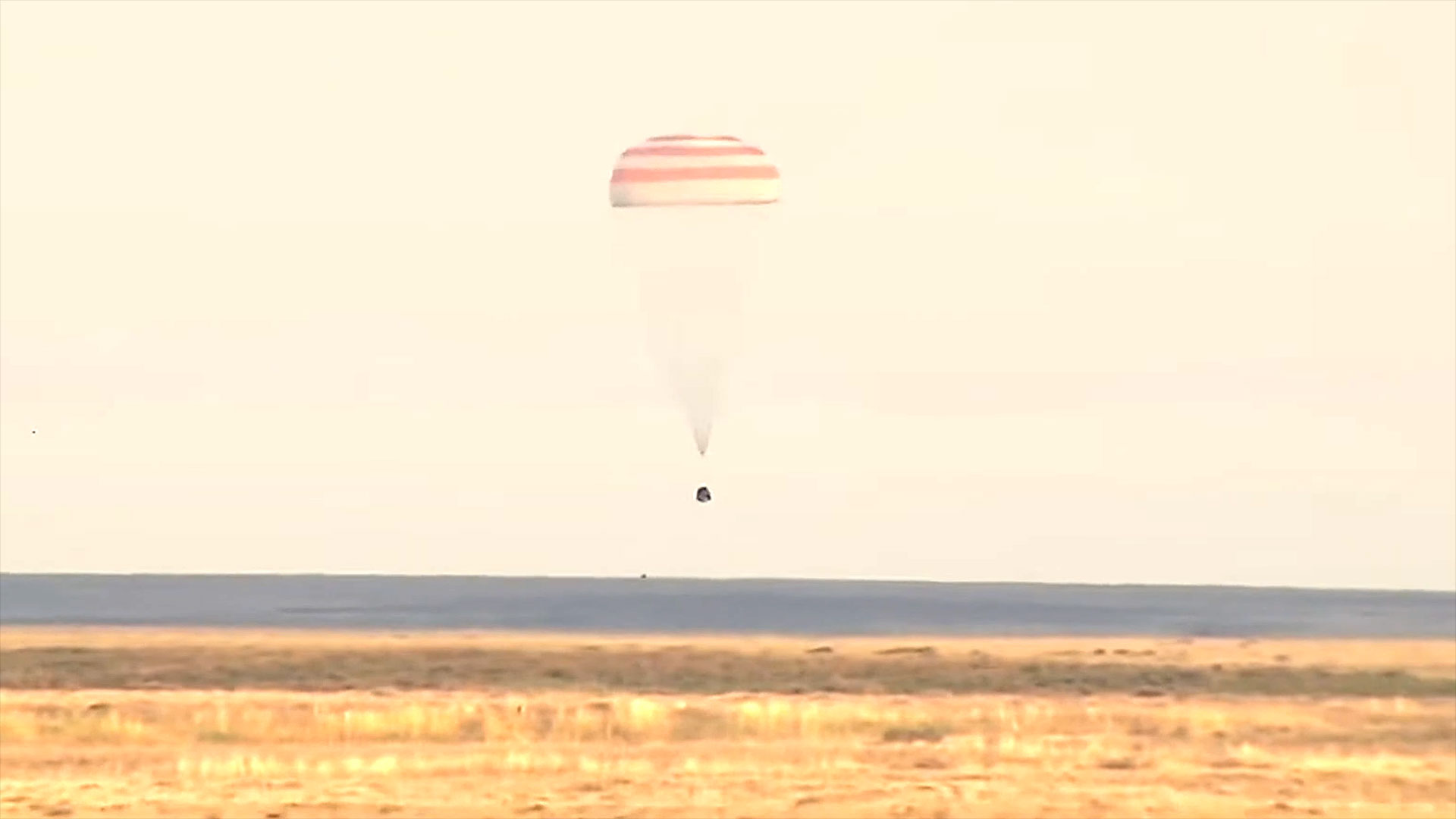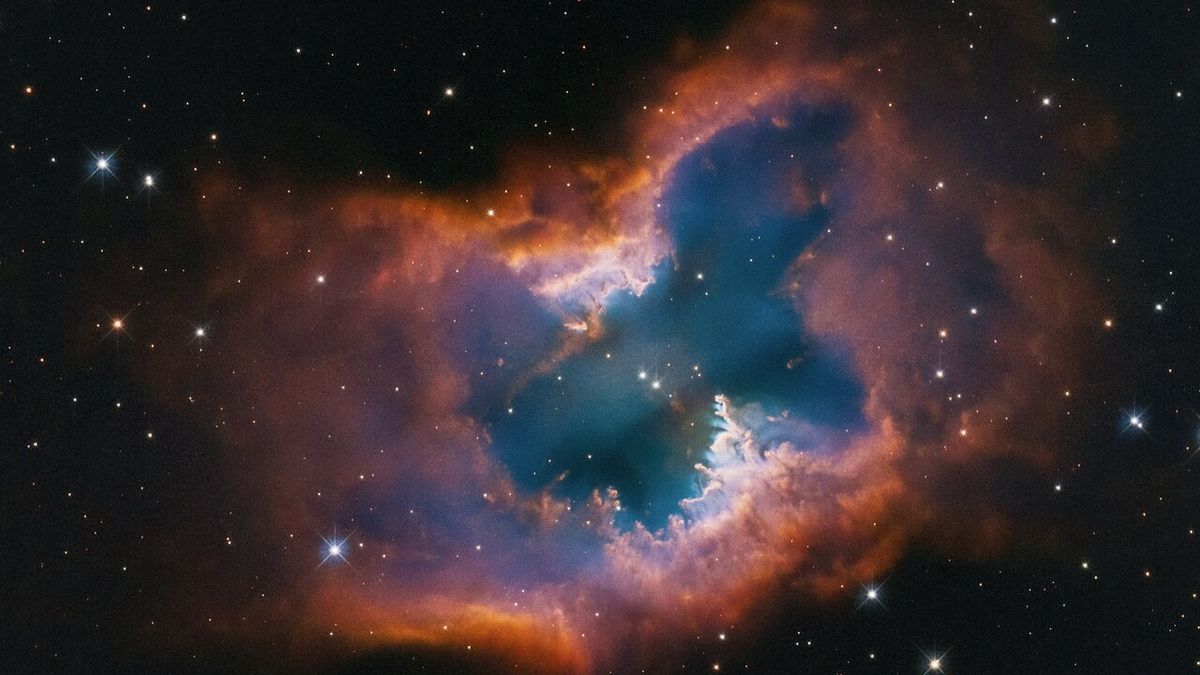NASA's oldest active astronaut has redefined traveling "home" for your birthday, landing from the International Space Station on the same day that he turned 70.
Don Pettit touched down on Saturday (April 19) with his Soyuz MS-26 crewmates, Aleksey Ovchinin, 53, and Ivan Vagner, 39. The U.S. astronaut and two Russian cosmonauts reached the ground in Kazakhstan at 9:20 p.m. EDT (0120 GMT or 6:20 a.m. local time April 20), seven months after they left Earth aboard the same spacecraft.
Pettit was born on April 20, 1955, in Silverton, Oregon, but said that the feeling of being home is relative to where you have been.

"After having been on [the] space station for seven months, we will be returning on our Soyuz spacecraft landing on the steppes of Kazakhstan. When our capsule goes thump on those desert flats, I will be literally on the opposite side of Earth, nearly 12,000 miles from home. Yet I will be home," Pettit wrote while he was still in space on Friday (April 18).
"I can picture sometime in the future, a crew returning from Mars and after inserting themselves into low Earth orbit, they will look down at this blue jewel circling below and say, 'I am home,'" he wrote.
Pettit's journey was not nearly as long or distant as a trip to the Red Planet, but for many who followed his "science of opportunity" demonstrations and his stunning photographs of Earth and other sights in space, it was no less engaging.
"Saying goodbye today to Don Pettit," wrote NASA astronaut and Expedition 73 flight engineer Nichole Ayers on the social media network X on Saturday. "It's bittersweet because he had an amazing mission and inspired so many people while he was here."

Pettit, Ovchinin and Vagner's trip home began at 5:57 p.m. EDT (2157 GMT) on Saturday, as Russia's Soyuz MS-26 spacecraft undocked from the station's Rassvet mini-research module. Almost two and half hours later, the vehicle performed a deorbit burn and shed its orbital and propulsion modules, leaving just its gumdrop-shaped descent capsule to bring the three crewmates back home.
Remaining in orbit was Ayers, as well as fellow NASA astronauts Anne McClain and Jonny Kim; JAXA (Japan Aerospace Exploration Agency) astronaut and Expedition 73 commander Takuya Onishi; and cosmonauts Kirill Peskov, Sergey Ryzhikov and Alexey Zubritsky of the Russian federal corporation Roscosmos.
On Earth, Soyuz MS-26 and its crew were met by Russian recovery forces and NASA medical personnel to be helped out of the capsule and undergo quick checks before flying on a helicopter to the nearby staging city of Karaganda, Kazakhstan. From there, Pettit will board a NASA plane and return to Houston, while Ovchinin and Vagner will depart for a training base in Star City, Russia.
In addition to Pettit's personal science demos — including drinking from a zero-g cup that he designed on a previous visit to the station and imaging thin wafers of ice under polarized filters — he also helped perform hundreds of experiments and technology trials during his time as an Expedition 71/72 crew member.
Pettit also helped oversee the departure of SpaceX's Crew-9 mission aboard the Dragon spacecraft "Freedom" and the arrival of Crew-10 on Dragon "Endurance," as well as the departure of the Cygnus "S.S. Francis R. 'Dick' Scobee" cargo ship.
Ovchinin and Vagner took part in science experiments as well and conducted a 7 hour, 17 minute spacewalk to install an X-ray spectrometer on the exterior of the Zvezda service module. They also were in space for the arrival of the Soyuz MS-28 crew and Progress MS-29 and MS-30 cargo ships, as well as the departures of Progresses MS-27 and MS-28.

This was Pettit's and Ovchinin's fourth spaceflights and Vagner's second. After landing Saturday, Pettit's career total time in space is 590 days, Ovchinin has 595 days and Vagner 416 days in orbit.
Soyuz MS-26 was Russia's 72nd Soyuz to launch for the International Space Station since 2000 and 155th to fly since 1967. During its 220 days in space, it traveled 93.3 million miles (150.2 million km) while circling Earth 3,520 times.
Follow collectSPACE.com on Facebook and on X at @collectSPACE. Copyright 2025 collectSPACE.com. All rights reserved.








 English (US) ·
English (US) ·